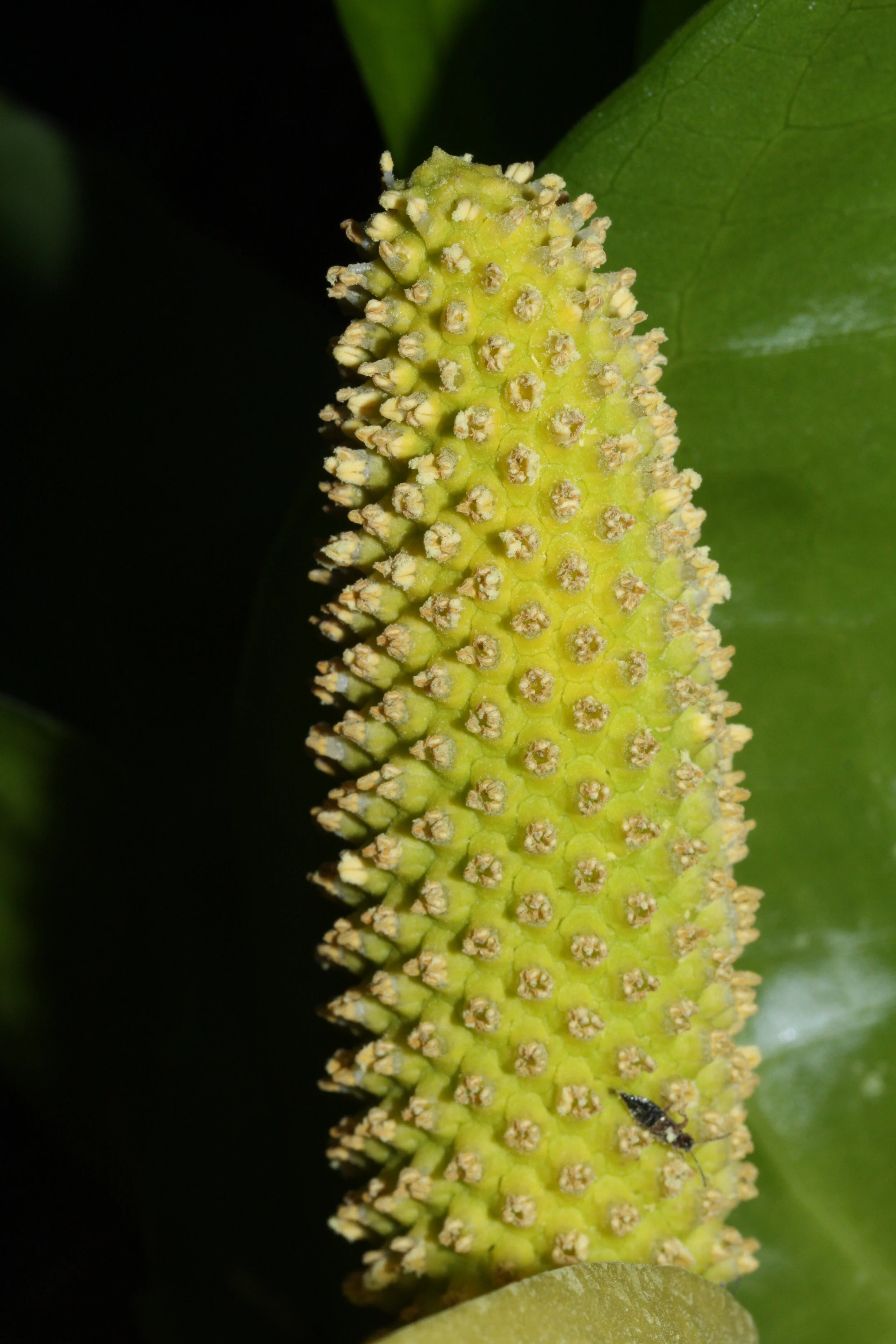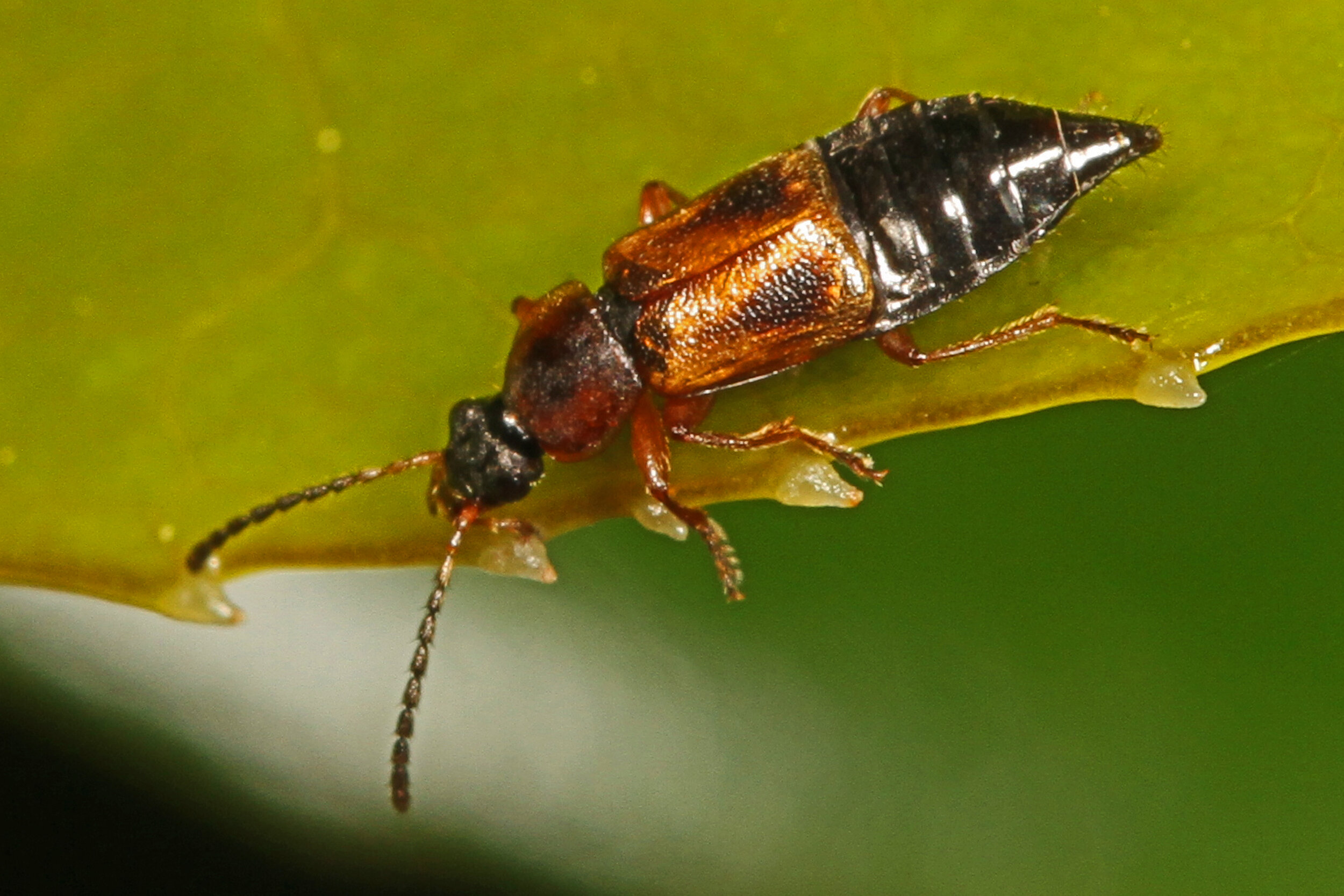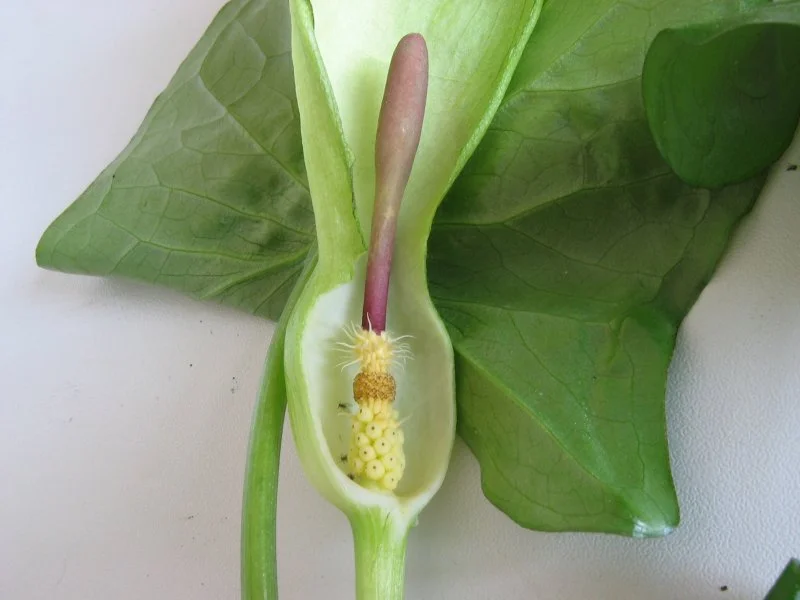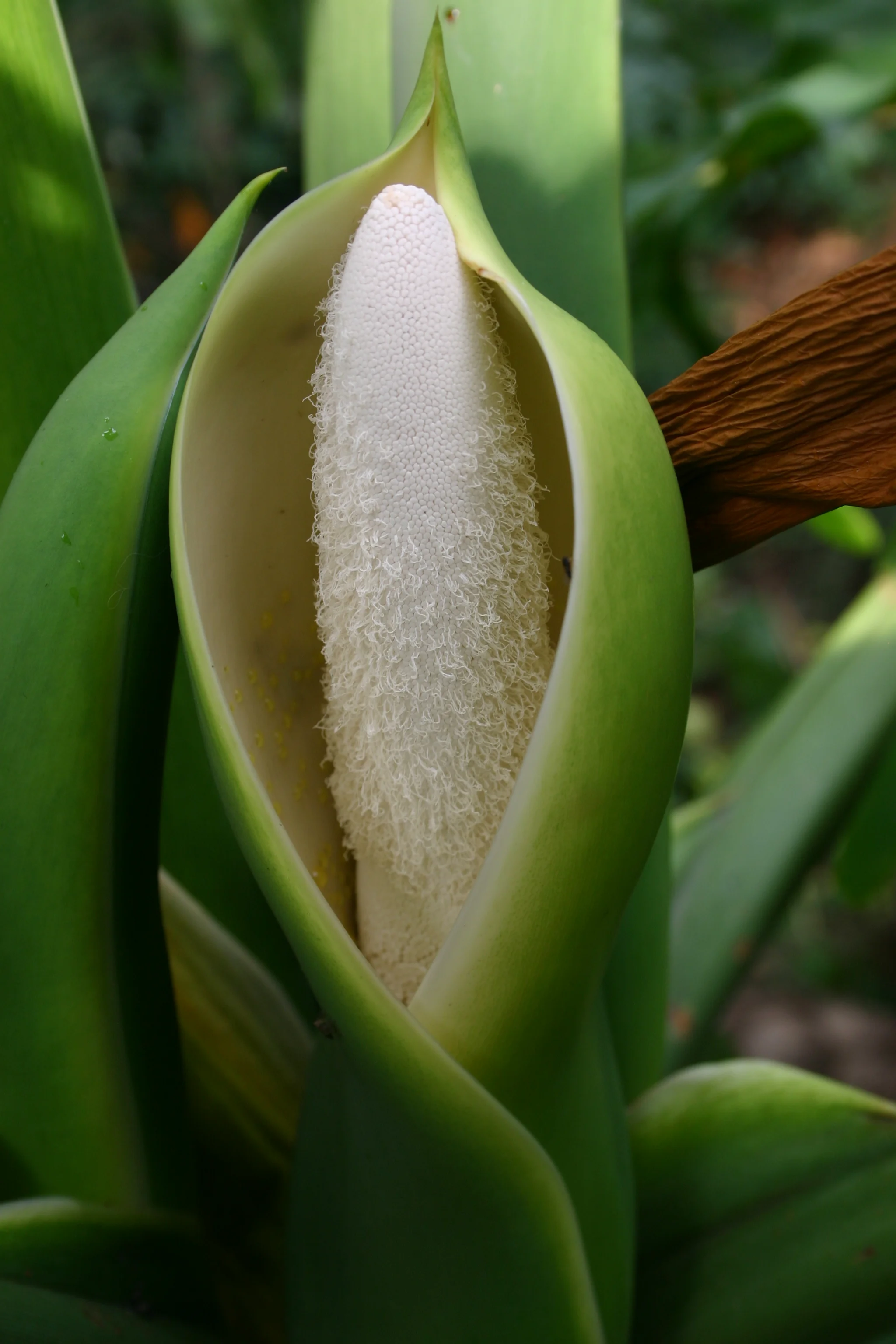Photo by Martin Bravenboer licensed under CC BY-ND 2.0.
We all have our biases and one of my biggest botanical bias is that I often think of plants from eastern North America before my mind heads further west. I can’t really fault myself for it because so many of my early plant experiences occurred east of the Mississippi. I want to remedy this a bit today by drawing your attention to a wonderful aroid who frequently gets overshadowed by its eastern cousin.
I am of course talking about western skunk cabbage (Lysichiton americanus). This incredibly beautiful plant enjoys a distribution that ranges from southern Alaska to central California and west into Wyoming and Montana. Like its eastern cousin, western skunk cabbage was awarded its common name thanks to the pungent odor it produces. Its blooming period ranges from March into May depending on where they are growing and the inflorescence is truly something to write home about.
The spadix of western skunk cabbage complete with a tiny rove beetle pollinator. Photo by Walter Siegmund lincensed under CC BY-SA 3.0
Emerging from the base of the plant is a bright yellow structure called a spathe. The spathe envelopes the actual flowering parts, a phallic-looking structure covered in flowers called a spadix. The spadix emits various volatile compounds that function as pollinator attractants. However, whereas many would suggest flies are the preferred pollinator, research indicates that a tiny species of rove beetle called Pelecomalium testaceum takes up the bulk of pollination duties for western skunk cabbage throughout much of its range.
The volatile compounds aren’t there to trick the beetles into thinking they are getting some sort of reward. The plant does actually reward the rove beetles with pollen to eat and relatively safe place to mate. We call these types of signals “honest signals” as they act as an honest calling card that signifies rewards are to be had.
A closer look at a Pelecomalium rove beetle. Not sure which species. Photo by Judy Gallagher licensed under CC BY 2.0
Unfortunately, the beauty of western skunk cabbage has seen it enter into novelty garden collections in other temperate regions of the world. In northern Europe, western skunk cabbage has escaped the confines of the garden and is now considered an invasive species in wetlands of that region. Take care to choose you garden plants wisely. Always plant native plants when the option presents itself.







